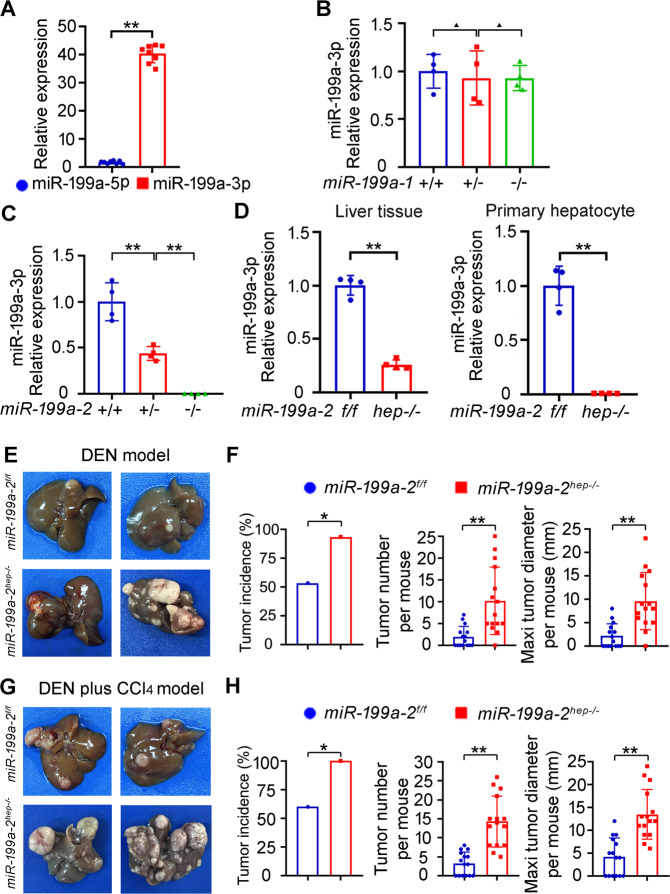Fig. 1. Hepatocyte-specific miR-199a-2 knockout promotes hepatocarcinogenesis.
a The expression of miR-199a-5p and miR-199a-3p was detected by qRT-PCR in mouse liver tissues (n = 8). b The expression of miR-199a-3p was detected by qRT-PCR from liver tissues of miR-199a-1+/+, miR-199a-1+/- and miR-199a-1-/- mice (n = 4). c The expression of miR-199a-3p was detected by qRT-PCR from liver tissues of miR-199a-2+/+, miR-199a-2+/- and miR-199a-2-/- mice (n = 4). d The expression of miR-199a-3p was detected by qRT-PCR from liver tissues and primary hepatocytes of miR-199a-2f/f and miR-199a-2hep-/- mice (n = 4). e Two-week-old miR-199a-2f/f and miR-199a-2hep-/- male mice were intraperitoneally injected with a single dose of DEN (25 mg/kg) and sacrificed 8 months later. The livers were dissected and photographed. f Tumor incidence (chi-square test), tumor number per mouse (unpaired t-test), and maximal tumor diameter per mouse (unpaired t-test) of the DEN-induced HCC in miR-199a-2f/f and miR-199a-2hep-/- mice were shown, respectively, as indicated (n = 15). g Two-week-old miR-199a-2f/f and miR-199a-2hep-/- male mice were intraperitoneally injected with DEN and then CCl4. The livers with DEN plus CCl4-induced HCC were dissected and photographed. h Tumor incidence (chi-square test), tumor number per mouse (unpaired t-test), and maximal tumor diameter per mouse (unpaired t-test) of the DEN plus CCl4-induced HCC in miR-199a-2f/f and miR-199a-2hep-/- mice were shown, respectively, as indicated (n = 15). Data are shown as mean ± SD or typical photographs of one representative experiment. Similar results were obtained in three independent experiments. ▲P > 0.05; *P < 0.05; **P < 0.01.

